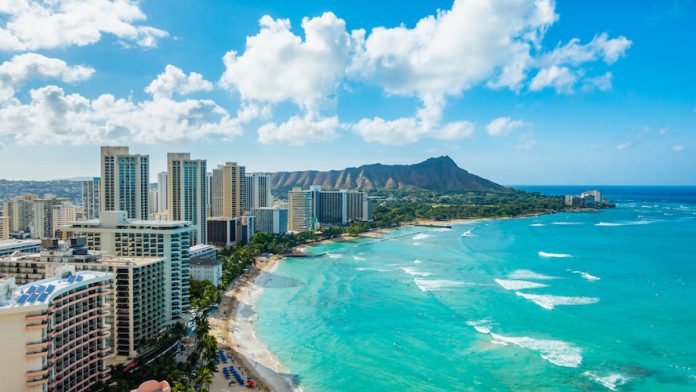CHICAGO — Buoyed by the rise of experience-driven travel and an affinity toward locally-inspired hotel offerings, resort assets remain a top target among investors. According to JLL Hotels & Hospitality’s Global Resort Report, international tourist arrivals are anticipated to reach 2.2. billion in 2019, with a continued growth trajectory throughout the next decade, which will benefit resorts globally.
“Over the past five years, resorts have been star performers,” said Lauro Ferroni, global head of JLL Hotels & Hospitality Research. “Given many consumers’ propensity for experiences over material goods, we anticipate continued investment activity in this sector globally.”
In the Americas, resort sales accounted for 20 percent of all hotel sales, while Europe, the Middle East, and Africa (EMEA), and Asia-Pacific’s resort sales totaled 7 percent of all hotel sales. Across all regions, private equity funds emerged as resorts dominant buyer, accounting for 20 to 50 percent of annual resort transaction volume in each market.
The Global Resorts Report analyzed total resort supply and total transaction volume across select markets in the Americas, EMEA, and Asia-Pacific. The properties evaluated included typical resort amenities such as a spa, pool, and other leisure facilities.
Three Key Resort Markets in the Americas
Three key resort markets in the Americas include South Florida (with locations spanning from Palm Beach to Miami), Hawaii, and Colorado. Although each market has unique drivers, some shared dynamics across these markets include resort sales accounting for the majority of total hotel trades, as well as increasing traveler volume.
In South Florida, 73 percent of sales from 2014 through the first-half of 2019 were resort assets, and the market experienced a 6 percent increase in overnight visitation and a 6.2 percent increase in international visitation. During the same time period, Hawaii saw 90 percent of its hotel sales volume fall under the resorts segment and in 2018, the market hit a record-setting 10 million visitors. In Colorado, 62 percent of hotel sales were resorts and last year, the market also set a visitation record with 85.2 million overnight and day trip visitors, as well as a 4.9 percent increase in international visitation.
“Resorts offer a smart way for investors to place a relatively significant amount of capital and secure attractive yield.”
“With the travel and tourism industry performing as strong as ever, resorts are an attractive investment option,” said JLL’s Americas Hotels & Hospitality CEO Gilda Perez-Alvarado. “Resorts offer a smart way for investors to place a relatively significant amount of capital and secure attractive yield.”
Resort Market Dynamics
Highlights across South Florida include the area’s emergence as a global destination, it’s significant infrastructure investments, and its growing reputation as an art scene. Resort supply remains limited, with 1.1 percent and 1.4 percent growth expected this year and next. Since 2014, 17 resorts have sold for more than $100 million.
Highlights in Hawaii’s resort market include airline investment and its continued domestic and international travel appeal. Additionally, the market solicits notable interest from foreign investors. Resort supply entering the market stands at less 0.5 percent prior to 2021 and since 2014, 22 resorts have sold for more than $100 million. Across all resort trades, the average price per key was approximately $400,000.
Colorado’s highlights include its appeal as a summer and winter destination for activities, catering to the growing trend of experience-driven travel. The bulk of visitors are domestic, as is the buyer pool, with domestic REITs accounting for the lion’s share of acquisitions, followed by private equity and developers. Since 2014, more than 60 percent of resort assets have sold for more than $50 million.











